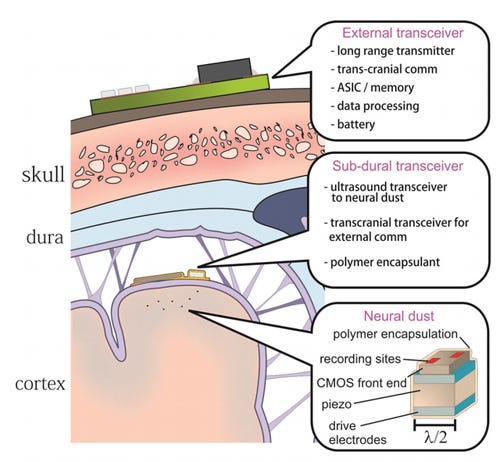10. Dust-Sized Brain Devices
July 9, 2014

10. Dust-Sized Brain Devices
A group of University of California, Berkeley-based researchers are seeking to disrupt brain-machine interfaces by developing dust-sized devices that could potentially last a lifetime.
The researchers propose a brain-machine interface that makes use of thousands of sensor nodes that would be implanted within the cortex. There, they would communicate with a transceiver located on the cranium, which would deliver piezoelectric power to the sensors. A node on the head would provide battery power and computing horsepower.
It may be a while before the researchers develop a working model of the neural-dust based system. As the Technology Review puts it, the project "is littered with challenges beyond the state-of-the-art." Still, the researcher team has a significant background pushing the boundaries of electrical and neural interfaces.
About the Author(s)
You May Also Like


